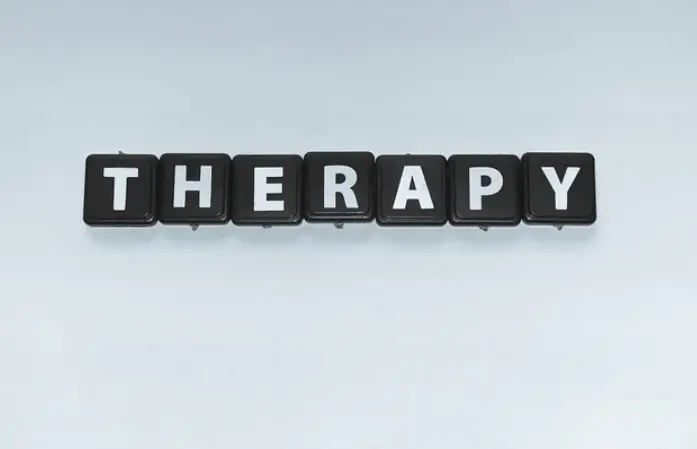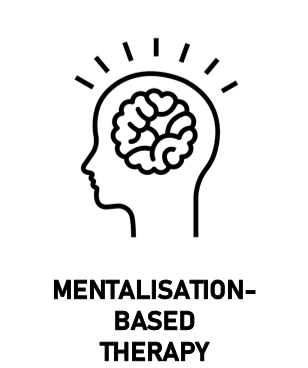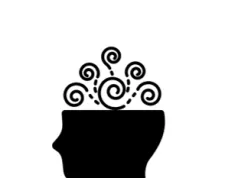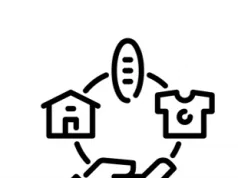Mentalisation Based Therapy (MBT) is a type of talking therapy that is commonly used to treat some mental health conditions, especially Borderline Personality Disorder.
There are a huge number of different types of talking therapy. Therefore, when you are thinking of attending therapy, it is important to have strong knowledge. This article provides some key areas pertaining to MBT.

What is Mentalisation Based Therapy?
Mentalisation-based Therapy (MBT): MBT uses a range of techniques to try and help an individual understand themselves and their thoughts more. Mentalisation itself is the ability for an individual to think about thinking – essentially allowing an individual to examine their own thoughts, and the effect they have. MBT can help an individual understand what goes through the mind of others, as well as making an individual more aware of what happens in their own mind. This form of therapy is useful in various personality disorders.
1. MBT was designed for Borderline Personality Disorder
Mentalisation Based Therapy was specifically designed for the treatment of Borderline Personality Disorder – a condition that is characterised by intense and unstable emotions and relationships with others.
However, MBT can also be used to treat other personality disorders, or some cases of Depression, Eating Disorders or any other condition that could benefit from MBT.
2. MBT works on a person’s ability to mentalise
MBT works on the idea that someone with Borderline Personality Disorder has a lack of ability to mentalise.
This means they struggle to process their own thoughts and subsequently assess the impact of their thoughts, and the effect they have on them and those around them.
MBT therefore attempts to improve a patient’s ability to mentalise, with the belief that this will improve their wellbeing.
3. MBT aims to change long-held patterns of thought
MBT aims to radically change the way a person thinks about not only themselves, but towards others as well.
The biggest part of this is to change the person’s thought process. They will be encouraged to take a step back and analyse their thoughts before acting impulsively.
They will be encouraged to mentalise – therefore processing their thoughts in a healthy manner and think of how their actions will impact others.
4. MBT can take up to two years
Changing long-standing thought processes is something that takes time. As a result, it is common for MBT to last anywhere from 1 year to 2 years.
This is a big commitment for a person to make, however it can make substantial change to a person’s life. Due to its length, it isn’t a highly-intensive form of therapy.
5. MBT can be delivered in many ways
MBT can be delivered in both an inpatient and outpatient setting. If a mental health unit has a group of people suffering from a personality disorder, they may all attend MBT together.
When a person is an outpatient, they will typically attend with others in a similar position. Learning MBT in a group is very common.
But MBT can be done alone, and many people find this to be a highly-effective way of being treated.

6. MBT takes the past and present into account
MBT takes both the past and present into account – which is something that not many therapies do. This adds to its appeal.
MBT looks at events that may have caused the difficult thoughts and feelings the person is going through, and will also look at practical ways of changing things in the present.
7. The evidence suggests MBT is very effective!
The research conducted on MBT largely produces positive results. MBT seems to be a very good treatment for Borderline Personality Disorder, including as a long-term intervention [1].
There are many similarities between MBT and Dialectical Behavioural Therapy – which is often seen as the gold standard of treatment for BPD. But MBT actually seems to have a more positive impact [2].
MBT can also treat eating disorders, some cases of Depression, and any other condition that involves interpersonal difficulties.
8. Should result in the patient’s mental wellbeing improving
The ultimate aim of MBT is to try and get the patient into a much healthier state of wellbeing, where their thought pattern does not cause them or others problems.
After completing MBT, the patient should have healthier emotions, make informed rather than impulsive decisions, and see an improvement in friendships and relationships.
See Also
See Also
- Therapy Home
- Everything You Need To Know About Talking Therapy
- FAQ’s About Talking Therapy
- Mentalisation Based Therapy: Everything You Need to Know
- The Advantages and Disadvantages of Mentalisation Based Therapy
- 8 Things You Should Know About Mentalisation Based Therapy
- Which Is More Effective for Borderline Personality Disorder: DBT or MBT?
Disclaimer
This website should be used purely for informational purposes, and does not intend to, nor should it ever, be used as a replacement for professional medical advice.
We strive to keep all of our pages updated, and ensure that our website is full of factual and in-depth information. However, we encourage you to browse this website with care.
As a reminder, this website and all content within it cannot and should not replace the advice of a trained medical professional. You can read our full disclaimer at this link.
Helplines
If you are struggling with your mental health, help is available. With the right support and treatment, you can make a recovery. For information on helplines, or if you are in a state of crisis, please visit our crisis page by clicking on the relevant link for your geographical location (United Kingdom), (United States), (International). You can also see how to get mental health treatment and the process involved by clicking this link.
References
[1] Bateman, A. & Fonagy, P. (2008). 8-Year Follow-Up of Patients Treated for Borderline Personality Disorder: Mentalization-Based Treatment Versus Treatment as Usual. American Journal of Psychiatry. 165 (5), p631-638.
[2] Barnicot, K., & Crawford, M. (2019). Dialectical behaviour therapy v. mentalisation-based therapy for borderline personality disorder. Psychological Medicine, 49(12), p2060-2068.


































